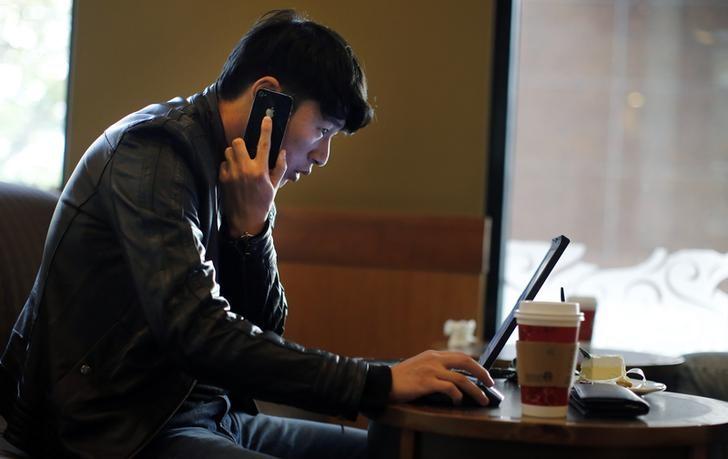The Coronavirus pandemic has forced millions of people to work from home and caused an increase in virtual conferences—especially Zoom calls. But now, experts find that if someone feels tired or exhausted after a workday where the maximum physical activities included getting up from the chair and refilling a coffee mug while being on video calls, it is because of mental exhaustion— and researchers have a name for it.
Researchers at the University of Stanford have named the feeling "Zoom fatigue". According to a new study, published on February 23 in the journal of Technology, Mind and Behavior, this feeling is real that comes about a year after the pandemic changed the way people live and work in the new virtual world.
The Stanford researchers noted that it is not only about Zoom and there are some popular video conference platforms with design flaws that could exhaust the human mind and body. But they said that easy ways to reduce the effects are also available.

Zoom Fatigue
As per the researchers, they found that being "on" all the time has caused more stress in people. They also noticed that this issue is making it harder for individuals to be intimate in real life.
Professor Jeremy Bailenson, founding director of the Stanford Virtual Human Interaction Lab (VHIL), examined the psychological consequences of spending hours in video conferencing platforms like Zoom. It was found that there are several reasons why it causes tiredness and fatigue among people.
However, the idea was not to vilify any particular platform but to showcase how current implementations of video conferencing options are exhausting and to suggest interface changes. "Video conferencing is a good thing for remote communication, but just think about the medium – just because you can use video doesn't mean you have to," said Prof Bailenson.
He said that excessive amounts of eye contact can turn into straining and become intense during virtual meetings. The pressure of being watched or listened for a long time can be anxiety-inducing, said Bailenson.
The Stanford expert suggested that to fight against the issue, people can format their Zoom screen to a shrunken window instead of keeping it in the square format. Through this way, the audience would look less intense.
"Social anxiety of public speaking is one of the biggest phobias that exist in our population. When you're standing up there and everybody's staring at you, that's a stressful experience," he added.

He also said that lack of mobility also takes a toll on cognition. According to Prof Bailenson, people should move around whenever possible during the video conference calls—they can just walk inside the room or stretch their legs during longer meetings while switching off the video.
However, in the news release, the researchers at the University of Stanford have shared a link that could help people to see where they land on Zoom Exhaustion & Fatigue Scale (ZEF).









